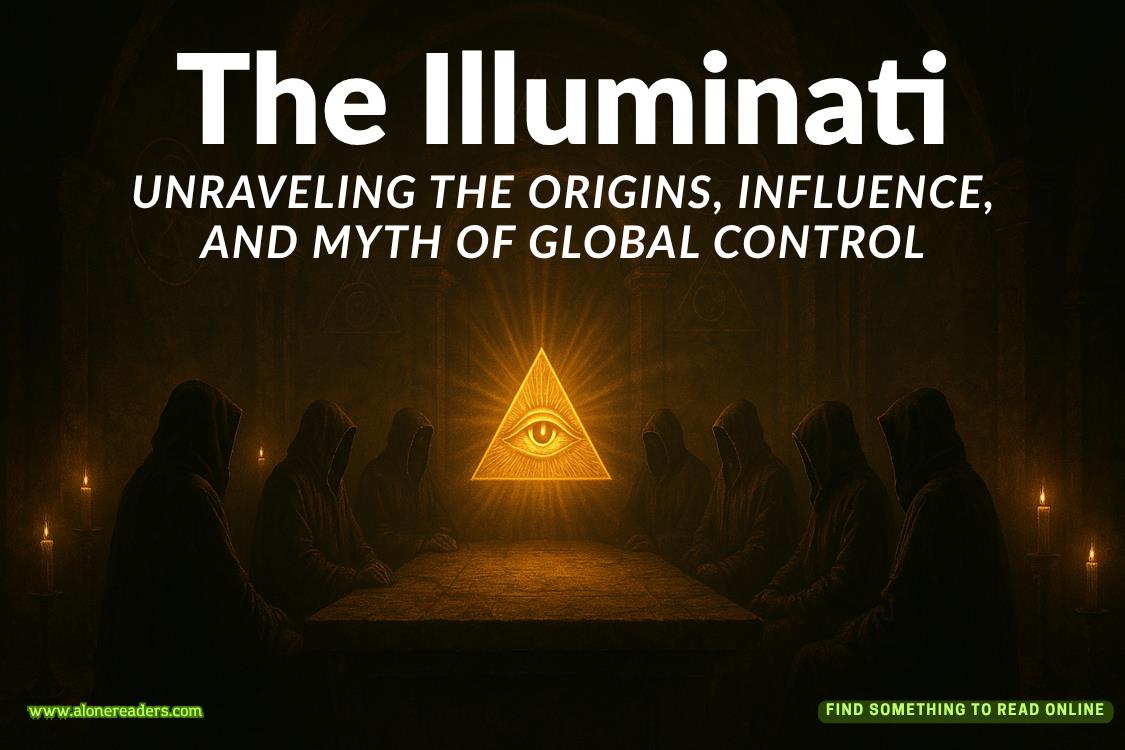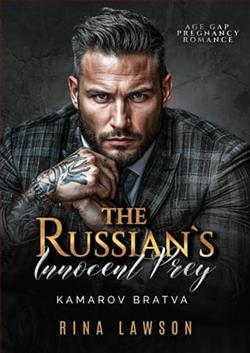Page 1 of Found By the Mountain Man
one
Mavis
Thesunlightfiltersthroughmy viewfinder like liquid gold, but it's not enough. Nothing's ever enough anymore.
I lower my camera and stare at the images on the LCD screen—another batch of "pretty" shots that will make editors smile and completely miss the point. Pristine mountain lakes reflecting perfect blue skies. Untouched powder snow gleaming like diamonds. The kind of nature photography that sells calendars and makes people feel good about a world that's rapidly disappearing.
"Shit," I mutter, scrolling through the shots. Every single one is gorgeous. Every single one is a lie.
Where are the retreating glaciers? The shortened ice seasons? The forests struggling against longer droughts and hotter summers? That's the story I came here to tell, but apparently "climate change documentation" doesn't test well with focus groups.
I shove the camera back into my pack and adjust the straps, feeling the familiar weight settle against my shoulders. The gear is getting heavier each year, or maybe I'm just getting more tired of carrying the burden of trying to make people care.
I've been hiking for two hours already through ankle-deep snow, leaving the Darkmore Lodge before the sun even thought about rising. This light—this perfect, golden hour light—won't wait for anyone.
My breath forms thick clouds in the frigid air as I make my way upstream from the town, following the creek toward the ice formations I scouted yesterday. Darkmore Peak looms above me in the darkness, its imposing silhouette dusted with fresh snow even though it's supposed to be spring. If I'm lucky, really lucky, I might catch something that shows the reality of what's happening here. The ice that should be thick and stable by now, but isn't. The formations that used to last through April, but now barely make it to March.
Focus on the story, Mavis,I tell myself, repeating the mantra that's gotten me through five years of trying to document what we're losing.Grandma always said the truth was worth the risk.
I was twenty-two when she died, just as my career was finally taking off. Now, four years later, I'm still trying to live up to her legacy, still fighting the same battles she fought as one of the first Latina photojournalists to break into the boys' club of wilderness photography.
The creek bends ahead, and I can see them—the ice formations I've been chasing. They're smaller than they should be for this time of year, more fragile-looking despite the overnight freeze. Perfect.
I set up my tripod on the snowy bank, hands working automatically despite the cold that's already making my fingers stiff even through my winter gloves. The water rushing beneaththe ice creates a natural soundtrack as I frame the shot, looking for the angle that will tell the story I need to tell.
Through the viewfinder, I spot something extraordinary. Where the creek makes a sharp turn, the ice has formed into delicate, crystalline shelves that seem to defy gravity. They're beautiful, yes, but they're also clearly unstable—too thin, too warm-weather fragile despite the sub-freezing temperatures. This could be the shot that finally makes editors understand what's happening here.
The only problem is getting close enough.
I study the terrain, calculating risk versus reward. The ice formations are about twenty feet from the bank, accessible only by crossing the creek itself. The water's moving fast beneath the ice, but the frozen surface looks solid enough. If I'm careful, if I watch for stable footing...
My phone buzzes with a text from my editor in San Francisco:Need those Darkmore shots by Friday. Client wants "inspiring wilderness, not doom and gloom." Remember the brief.
I delete the message without responding.
This is exactly what Grandma warned me about. The pressure to make everything palatable, to sand down the rough edges of truth until it's smooth enough for mass consumption. She never compromised, not once, and look what she accomplished. Her photographs of industrial pollution in the Rio Grande Valley helped change federal policy. Her documentation of drought conditions in South Texas became the backbone of agricultural reform legislation.
I won't compromise either.
Grandma always said the best shots require risk.
I secure my pack straps, double-check that my camera is properly attached to its safety line, and step onto the ice.
The surface holds, but I can feel it flex slightly under my weight. I move carefully, testing each step, working my waytoward the formations. The ice creaks ominously beneath my boots, but it's holding.
I take three careful steps closer, wanting to capture the formations from directly below. The perspective will be dramatic, emphasizing their precarious beauty.
That's when I hear it.
A sound like the world cracking open. Sharp and sudden and wrong.
I look up just as a section of ice the size of a dining room table breaks free from the formation above me. Time slows as my mind processes what's happening—the massive sheet of ice tilting, separating, beginning its inevitable fall toward the creek.
Toward me.
I have maybe two seconds to react. My feet are planted on ice that suddenly feels paper-thin, my camera hanging around my neck like an anchor, my pack throwing off my balance as I try to scramble backward.
The ice hits the frozen surface with a crash that reverberates through the canyon. The impact shatters the creek's icy shell, sending up a wall of freezing spray that soaks me instantly. But that's not the worst part. The worst part is the way the entire ice sheet beneath me gives way, plunging me into the shocking cold of the rushing water below.















